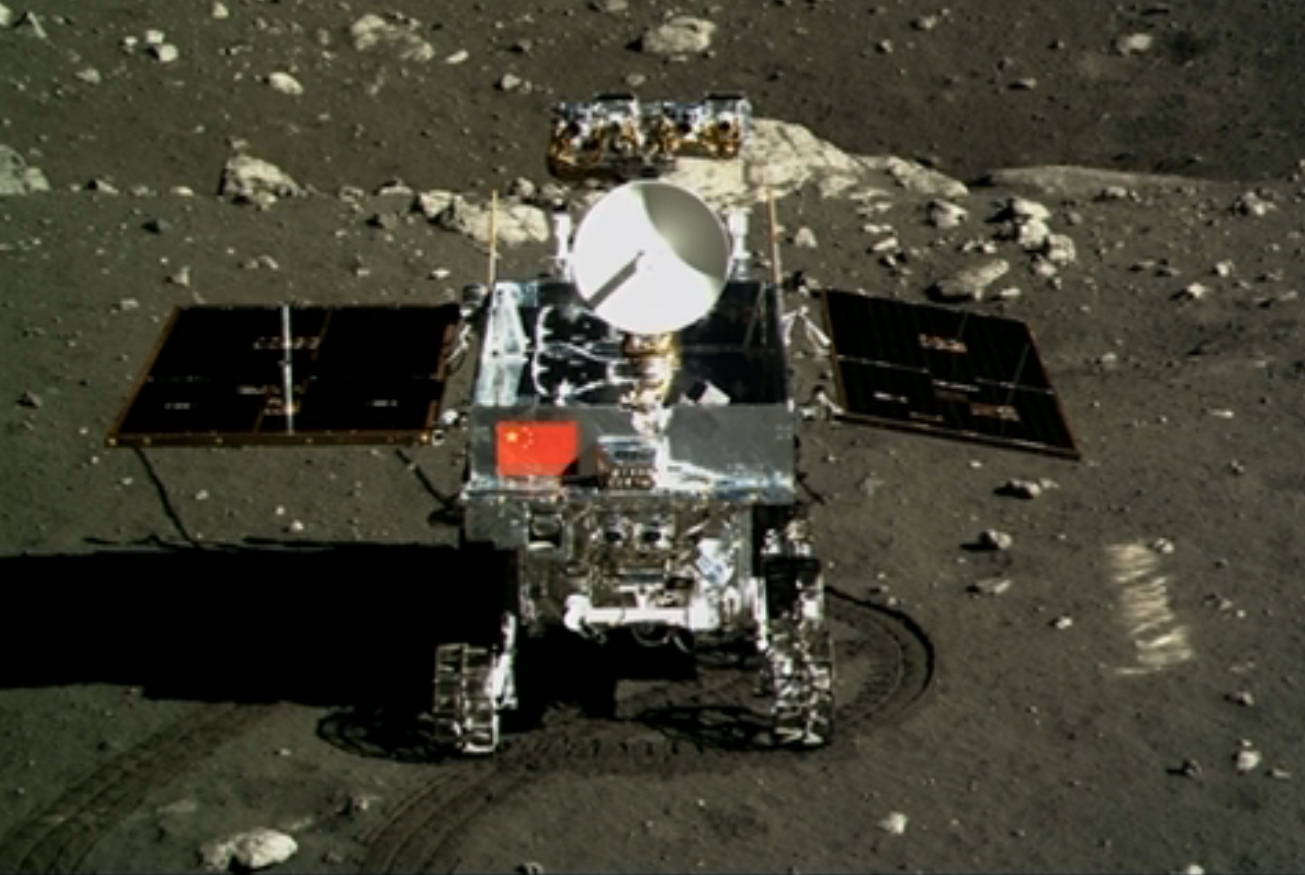
Queqiao relay communication satellite will enable communication between Chang’e 4 and Earth
Back in 1969, Neil Armstrong became the first person to step on the near side of the moon. While moon has been the only celestial object where any astronaut has visited, its far side i.e. the side while remains dark forever has been a mystery. Moon is tidally locked with the Earth which means, it shows the same face round the year without showing its far side. But, Chinese space agencies are attempting to uncover the far side of the moon with the new Quequio relay communication satellite which could launch as soon as on May 21 from the southwestern Sichuan province.
Queqiao, named after a bird from Chinese folktale will connect eh Chang’e-4 lander and rover(also launched by China) to the Earth in order to establish a connection between the Earth and the far side of the moon. As direct communication to the far side of the moon is impossible, it will be a major step towards lunar exploration mission. China will soon become the first country to land a rover/lander on the far side of the moon later this year.
Queqiao is a relay communication satellite developed by Chinese and Dutch scientists. The satellite will be stationed at 60,000 km above the far side of the moon with a radio antenna that will enable it to reveal clues regarding the early universe including the signs from the Big Bang and how the stars began to form from hydrogen. Signals in the electromagnetic spectrum have different wavelengths based on which, the frequencies can be higher or lower. As a matter of fact, lower frequencies are difficult to intercept and with it comes to the Earth which is a place with higher interference, it becomes even more difficult to intercept.
Heino Falcke, a professor of astrophysics from the Netherlands’ Radboud University who was involved in the designing and developing of the antenna named as the Netherlands-China Low-Frequency Explorer (NCLE). According to Falcke, the antenna is designed to catch frequencies even lower than 30 megahertz which means, scientists can transmit and receive data via radio signals to study the signs of the early universe as per the data collected by the rover.
The antenna will receive the signal sent by the Chang’e 4 after it lands on the moon after which, the scientists will intercept and analyze the data further. The Chang’e 4 is expected to launch in June 2018 with an expected landing data around the end of 2018 at the landing site in Crater Von Karman in the South Pole-Aitken Basin.

